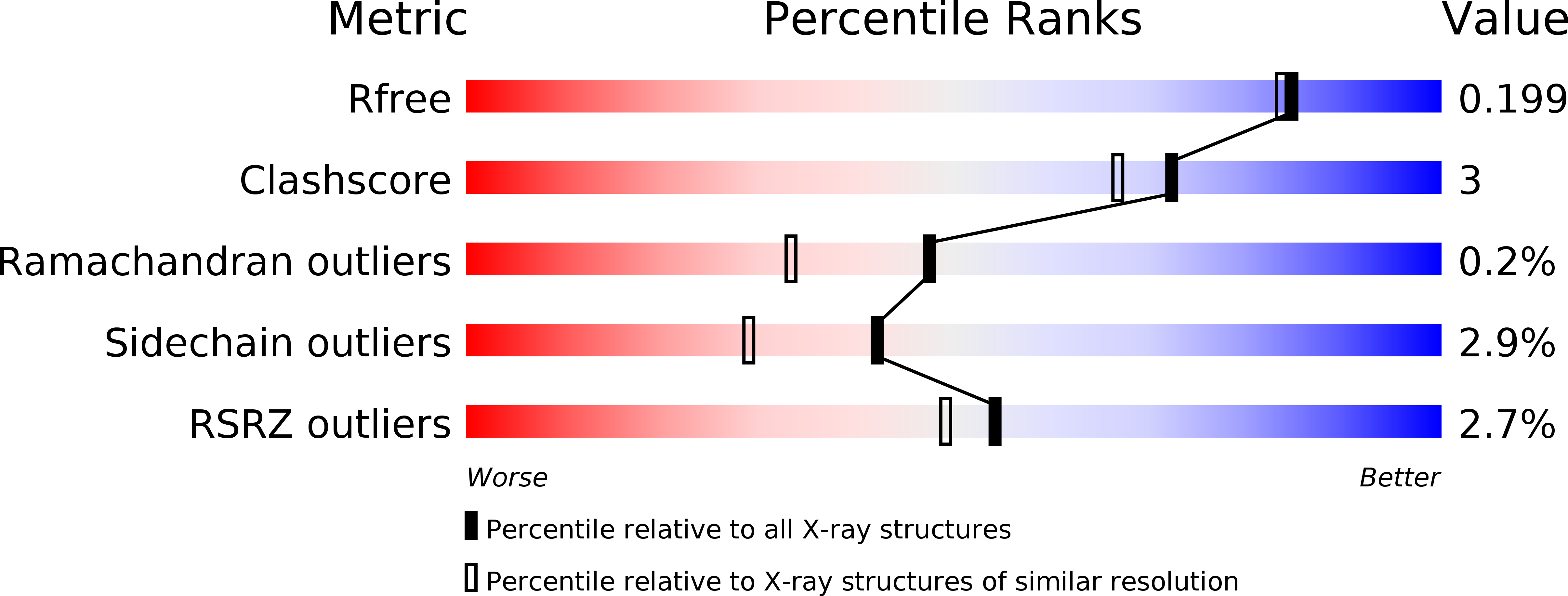
Deposition Date
2013-04-19
Release Date
2013-10-23
Last Version Date
2024-11-20
Entry Detail
Biological Source:
Source Organism:
Aspergillus fumigatus (Taxon ID: 330879)
Host Organism:
Method Details:
Experimental Method:
Resolution:
1.80 Å
R-Value Free:
0.19
R-Value Work:
0.16
R-Value Observed:
0.16
Space Group:
P 65


